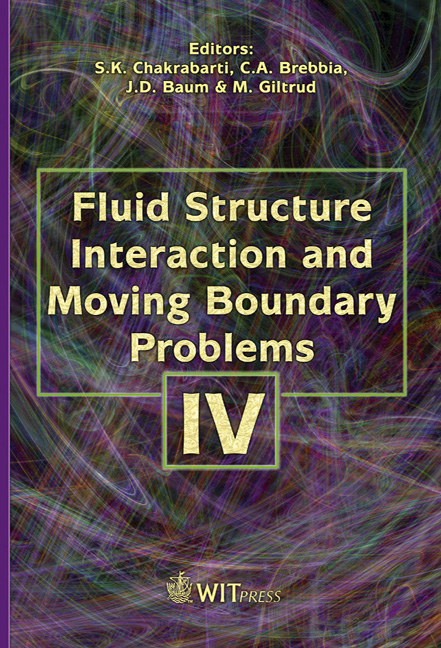Application Of Pseudo-Symmetric Technique For Seismic Analysis Of Concrete Arch Dams
Price
Free (open access)
Transaction
Volume
92
Pages
10
Published
2007
Size
480 kb
Paper DOI
10.2495/FSI070141
Copyright
WIT Press
Author(s)
O. Omidi & V. Lotfi
Abstract
Dam–reservoir interaction can be treated by different approaches. One of the efficient methods available for time domain analysis is referred to as Pseudo– Symmetric technique. In the present study, a gravity dam example is considered to verify this technique. Subsequently, water compressibility effects on seismic behaviour of a typical concrete arch dam are studied. It is found that by considering water compressibility the maximum tensile stresses mat increase significantly which may lead to more severe damage during an earthquake. Keywords: concrete arch dams, water compressibility, coupled equations, Pseudo-Symmetric technique, wave equation, Lagrangion–Eulerian formulation. 1 Introduction The earthquake analysis of concrete dams has been the subject of extensive studies during the last three decades because of the importance of their safety evaluation. The dam–reservoir interaction problem encountered in such an analysis is a complex task which is traditionally represented using the added mass approach. The added mass approximation may lead to significant error in response during an earthquake [1]. The dam–reservoir system is classified as a coupled field problem that two separate regions of fluid and structure interact only at their interface. In order to solve these coupled equations, several methods exist in both time and frequency domains. Although this problem is formulated very efficiently in frequency domain, it is limited to linear dynamic analysis [2, 3]. Therefore, time domain methodology is mainly preferred due to the fact that it can be also employed for nonlinear analyses.
Keywords
concrete arch dams, water compressibility, coupled equations, Pseudo-Symmetric technique, wave equation, Lagrangion–Eulerian formulation.





